July 1st marked the debut of my seventh novel, COYOTE’S TRAIL, from the folks at Comet Press, who previously published my feudal Japanese zombie novella NIGHT OF THE JIKININKI in DEADCORE (read about that one here) .
You can pick it up on Amazon right here – http://www.amazon.com/Coyotes-Trail-Edward-M-Erdelac/dp/1936964511/ref=sr_1_1?ie=UTF8&qid=1380297747&sr=8-1&keywords=coyote%27s+trail
Or from the publisher at – http://www.cometpress.us/books/coyotestrail.html
It is 1886. Geronimo and his followers, the last Apache resistance to white encroachment, have been transported east, and the blue wool defenders of The Fort settle into boredom, directing their cruel attentions to illicit liquor and prostitutes, their clearest enemy a weak officer’s bullheaded wife on a moral crusade.
One broken and battered Chiricahua boy, Na-e-te-nay, drags himself across the Arizona desert, held together only by a bleak vision of revenge; a vision that will cause him to abandon his warrior traditions and set his feet on Coyote’s Trail — the road of murder and evil.
After a brothel shootout between Na-e-te-nay and the US cavalry ends in fire and death, America, a broken young Mexican woman with her own reasons for hating the cavalry, finds herself pulled into his plot.
Enlisting the nominal aid of Rogerio, a shiftless, sadistic whiskey peddler who knows more about America’s hellish past than even she does, the three conspire to draw Na-e-te-nay’s remaining enemies out of the safety of The Fort, using America’s body as bait.
But America has her own vision of revenge…
COYOTE’S TRAIL is one of the bleakest, most violent stories I’ve ever written. The basic premise is that a vengeful Chiricahua Apache kid uses a Mexican prostitute to lure out his enemies and then murders them in flagrante delicto (‘in blazing offense’ or, in the collquial usage, in the midst of sex). It stems from my fascination in deviant outcast stories like the works of Paul Schraeder and Jim Thompson, and I’d cite the westerns of Forrest Carter (particularly LOOK FOR ME ON THE MOUNTAIN) and Elmore Leonard as a direct influence.
The title and concept sprang practically full blown in my head when I read a passage from a book by Thomas E. Mails called THE PEOPLE CALLED APACHE, citing Morris Edward Opler’s AN APACHE LIFE-WAY. The clownish figure of Coyote is known almost universally across Native American religions as a trickster, and tales of his misadventures are used to educate, but Mails (and Opler) posited a slightly darker perspective –
“Coyote makes death inevitable for mankind by throwing a stone into the water and declaring that if it sinks, living beings shall experience physical death. In fact, Coyote’s behavior creates a path that mankind has been obliged to follow. All the wicked things that man does, Coyote did first. Gluttony, lying, theft, adultery, incest, and the like were introduced by Coyote and have become inescapable for those who walk Coyote’s trail.”
Here’s an excerpt from the first few pages –
Na-e-te-nay did not know for how long he had been crawling. It was as though he were struggling up the sheer face of a precipice without summit or base, only a hard ascent without end. He clawed at the dry earth with twisted fingers, feeling if he released his precious hold he would fall end over end into the open sky, and be lost in the shapeless country between this world and the other.
Small bits of stone like calcified kernels scraped his body. Wherever he passed he left a bloody spoor that blackened in the murderous heat, painting the sand and rocks on either side of his slow moving form the color of spoiled fruit.
Creosote and broken blades of dry beargrass and chips of flint found their way into his open cuts and settled there, blanketed by a thin film of ghostly sand granules like glass in the furnace in the feel of their razor attack on his exposed flesh. The only sound he made was monotonous and grating, the dragging, the breathing, the noise of broken bone grinding on a slowly turning millstone.
But what were the wounds of his body? A malignancy had been planted in his very heart, as if by a stinger broken off in that quivering muscle which refused to cease its laborious regulation of his blood even as it was pumped from his broken body to scatter needlessly on the sand and on the broad leaves of the igaye plants. There was an outrage there which burned as fire undying but did not consume, like the spirit in the bush in the tales of the Indah priests.
The broken fingers of his right hand twitched as their unmarred brothers bore the brunt of his labors, scouting along the hot ground ahead and then dragging the better part of his weight along. His left hand flopped about beside his right in the well-meaning mimicry of an idiot child. A soldier’s saber had split that hand from the webbing between the second and third fingers down till almost the center of the palm.
Something small dressed in hard leather scuttled away from his elbow to burrow beneath a prickly agave stalk, but he couldn’t see it. Knuckles, boot leather, and gun butts had rendered his face a singular lump of fused flesh almost twice the normal size. His inflated eyelids had shut as if to spare him the image of his bleeding mother coughing red, blotting out the vacuous white stare of the sun overhead.
He thirsted, but there was no respite. Only the tang of blood that gave his teeth the flavor of grave spades. His throat was swollen. Soon it would pinch mercifully shut. Pinch out his life.
He had thought he was dead, and that Coyote had trapped his spirit in his body for a joke. He had lain there in a numb state of half-dreaming, wondering if what he was would still be there when the blowing sand and heat wore his skin away. He thought he might then climb out through one of the empty sockets of his bleached skull and join his family in the other place.
The sharp bite of a hungry coydog as it began to gnaw at his bloody leg had awakened him. He’d flinched alert and heard it go yipping across the desert in superstitious fear.
When he realized he was alive, he started off across the sand, with only pain-blurred memories and the lash of trembling cholla cactuses for a guide. It was the wail of newborn hatred alone that drove him out of the last sleep.
The land rose before him, changed all of a sudden. Gone was the intricate and malevolent variety of wild terrain; the spiny barrel heads and the dry bull grasses, the plaintive but obstinate round stones of the dry washes and the scourge of temperamental mesquite. The unpredictable mixture of angry brush and hot, crawling things had given way to a strange uniformity that made him stop to blindly consider its portent. The minuscule rise and fall of the earth had been shaved clean and level, bare and unnatural, uniform but for the indentations many years old which marked the passage of steel tires and the little arches left by the iron shod horses that had pounded this place flat.
It was a road of the Indah—the white man’s river.
He turned slowly so that his whole body lie upon it. The turning caused the bullet wound in his side to sting, and the exertion pushed glowing fingerprints against his darkened eyeballs, and made a ringing noise like a struck iron rod quake in the fore of his brain.
He did not know how long he lay there, but when he could, he began his slow crawl once again, letting Usen choose the direction.
One way or another he would come to the end of this road.











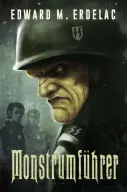
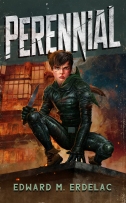


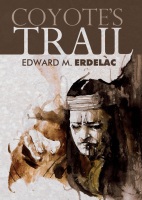


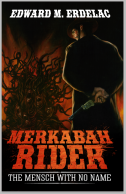



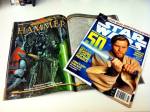




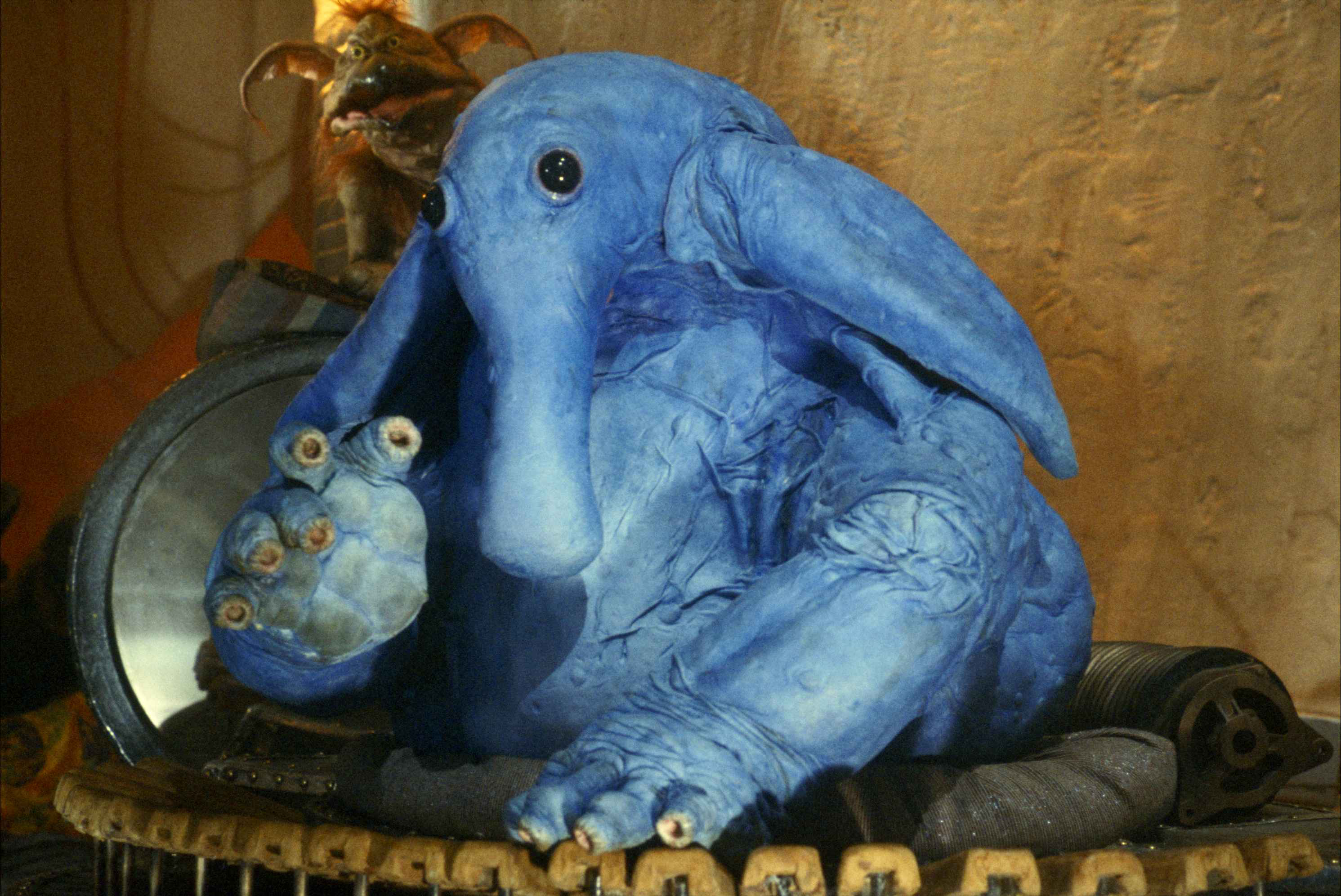

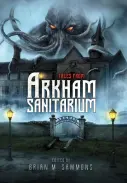


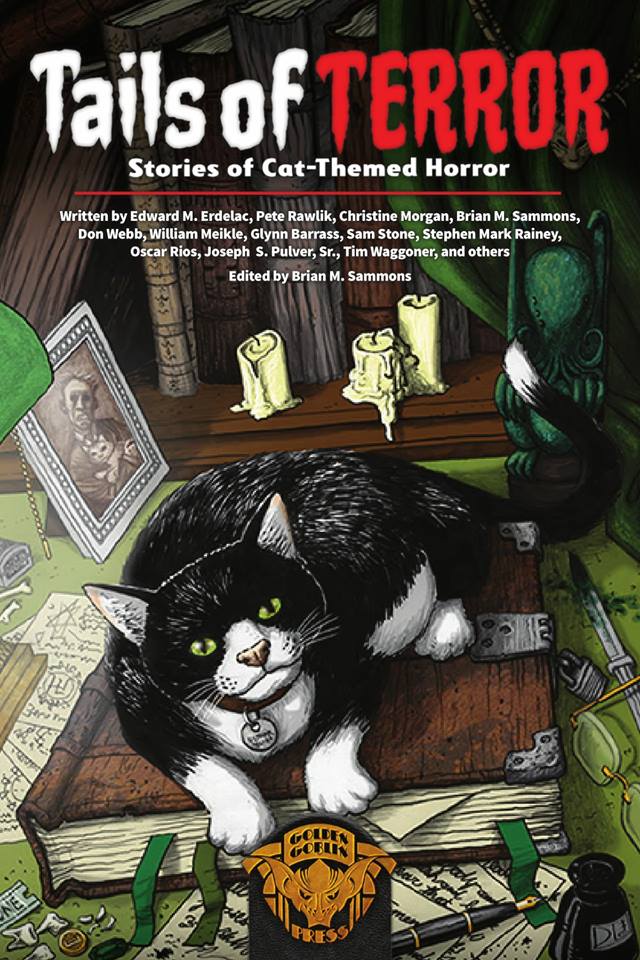




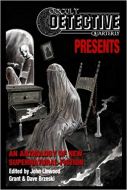
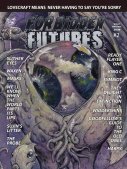






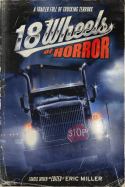
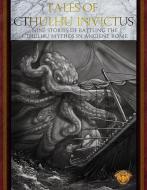
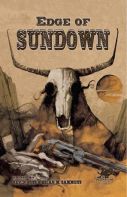








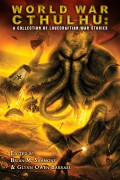



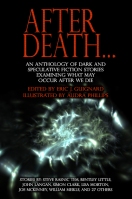

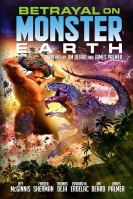








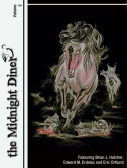
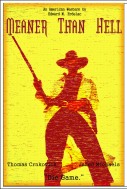




Excellent writing there, Ed!
Thanks! And thanks for stopping by.